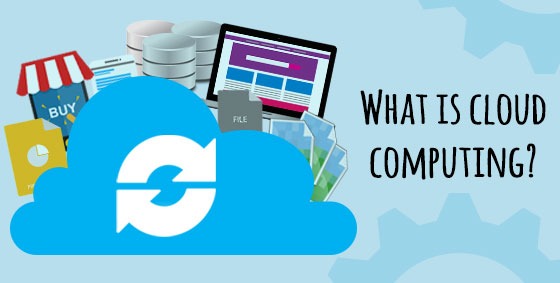Updated: Wednesday, 23 October 2019
There has been a ton of talk about the cloud. Cloud this, cloud that. But what actually IS the cloud? It’s okay if you don’t know, most people don’t understand it and even some tech people tend to wave their hands towards the sky when trying to explain it!
Since it actually has nothing to do with the white fluffy things in the sky, let’s lay it all out:
Cloud computing is about storing and retrieving your data (personal or business) within your own piece of the internet. It’s so you can access it from anywhere, just like you do a web page, and it won’t matter if your office is closed and you’re squeezing in a little work on your phone at midnight. Everything will be saved and ready to pick up when you get back to your desk. Colleagues in different locations can even collaborate on documents in real time.
If that all sounds a bit futuristic, think about how an email service like Gmail works. None of your emails are actually being stored on your hard drive or device, they’re stored on the Gmail server and you can access them anytime you like.
Your read/send/receive changes are applied instantly, remembered for next time you log in. This is a form of cloud computing. So is Netflix, where you can stream movies and TV shows on demand. All the video is actually stored on a computer somewhere else in the world and sent to your device in tiny pieces as you watch it. Netflix remembers what you watched, where you got up to, and even if you’re hopping immediately from one device to another, it still has it all ready to go.
Where is ‘cloud’ data stored?
Good question. And it’s why the term ‘cloud’ causes so much confusion. The data absolutely must be physically stored somewhere. Companies who offer cloud storage have huge warehouses dedicated to holding servers whose sole job is to send and receive data all day. And by huge, we mean HUGE.
You could get lost walking the rows of servers, just box after box for what seems like forever. The biggest server farms or ‘cloud campuses’ are still growing, but to give you an idea: they can be upwards of 1million square feet. It’s big business, literally.
In terms of location, the US and UK are popular server farm locations, but the company could also have copies of your data stored elsewhere in the world. This is so they can fulfill their redundancy guarantees – if disaster hits one location, the other still has a copy.
Having additional locations and copies also increases the speed of access. With some companies, you can choose your preferred location so that data doesn’t have to travel quite as far across the world, increasing speed even further, which of course, saves time and money. Collaboration, security, redundancy, AND savings? We’d call that a win.




